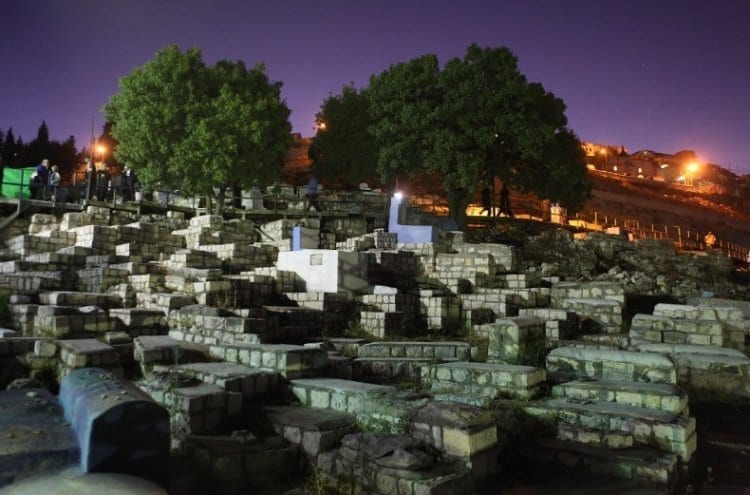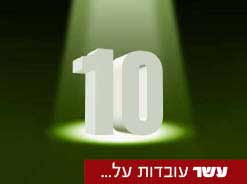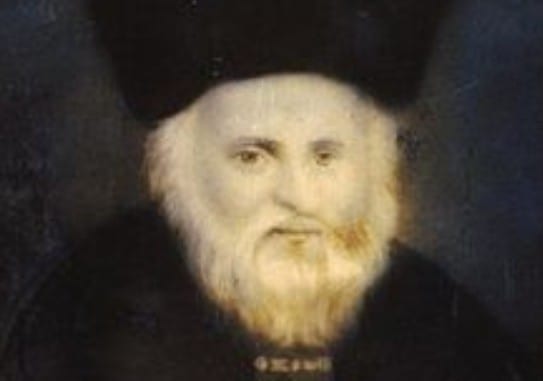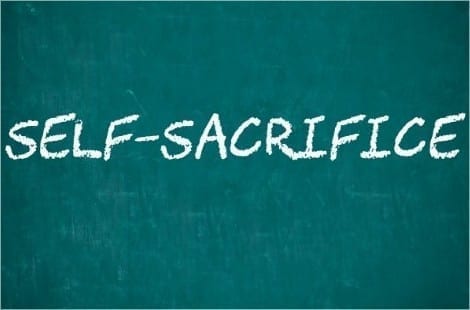Rabbi Chaim ben Attar was among the most famous Torah sages of Morocco and the Land of Israel in recent centuries. He is known for his great Torah scholarship, his Torah commentary, his expertise in Jewish law and kabbalah, and his righteousness and holiness.
He was born in 1696 (5456) in the city of Salé, Morocco. His father, Rabbi Moshe, and his grandfather, Rabbi Chaim, were known as learned scholars, but also engaged in trade for their livelihood. In his youth, he studied primarily under his grandfather, Rabbi Chaim, who led a yeshiva in his hometown of Salé, and who he many times quotes chiddushim (novella) from in his books.
In 1742 (5502) Rabbi Chaim immigrated to Israel. When he arrived in Jerusalem, he founded a yeshiva “Knesset Israel”, where the great Holy Land sages of that generation studied: Rabbi Yona Navon (author of Responsa “Nechpah Bakesef”) and Rabbi Chaim Yosef David Azulay – the Chida, who wrote about the days he studied in the yeshiva: “I, the young one, merited to be in his sublime yeshiva, and my eyes saw his greatness in Torah. His explanations ‘uprooted the tallest mountains’, and his holiness was astonishing. In respect to our generation, the rabbi’s heart was completely taken with his Talmud teachings, and he was like an overflowing fountainhead.”
Apart from his book “Ohr Hachaim” on the Torah, Rabbi Chaim wrote several other books:
* “Pri To’ar” – chiddushim (novella) on the Yoreh Deah section of the Shulchan Aruch (In this book he systematically brings his reservations on the book “Pri Chadash” by Rabbi Chizkiya Di Silva, to explain the Rishonim’s thought system which the Pri Chadash disputed, and to rebuke him for his inclination to be lenient.)
* “Chefetz Hashem” – novella on the tractates of Berachot, Shabbat, Horayot and Chulin.
* “Rishon Lezion” – novella on the tractates of Brachot, Sukkah, Beitza, Ta’anit, Megillah, Moed Katan, Hagiga and novella on the Shulchan Aruch, Maimonides’ Mishneh Torah, and a commentary on verses from the Prophets and Writings.
Rabbi Chaim died in 15 Tammuz in 1743 (5503) at the age of 47. He was buried in the Mount of Olives opposite the Temple Mount, and his tomb is known and visited every year by thousands until our times.
His Ohr Hachaim commentary on the Torah is the most studied and famous commentary on the Torah after the classical Torah commentaries (Rashi, Ibn Ezra and Ramban).
His commentary grew out of his nuggets of interpretation on the weekly Torah section that he delivered each week. Some of the in-depth ideas … explained the simple meaning, while others the allegoric meaning, the comparative midrashic meaning and the esoteric/mystical meaning. Like Rabbi Yitzchak Arama’s book “Akedas Yitzchak” and Rabbi Isaac Abarbanel’s commentary on the Bible (both composed in the 15th century), which first present questions on the verse or the Torah section upon which they base their explanation, Rabbi Chaim frequently presents questions as a background for his innovative ideas and explanations.
Rabbi Chaim explains why he called his commentary on the Torah “Ohr Hachaim”: “The Torah is called Ohr ‘light’ … and Hachaim (“life”) refers to the Creator who is called “Life of the world” and to the Torah which is also called “life” …. and to the righteous who are called ‘living.’
Most of the commentary was written while he was still in Morocco, based on the sermons he delivered to the residents of Salé. His commentary explains the simple meaning of the text, its allegorical meaning, and moralistic ideas which were apparently said for the common people. It also brings more in-depth understanding of the classical commentaries, kabbalistic meanings, and longer, more complex explanations that were probably said before the city scholars.
Ohr Hachaim was not written in one draft. Many times, after he wrote down part of a novella, Rabbi Chaim discovered other sources that reinforced his commentary, or illuminated it in a new light. He then notes that “he happened to come across an article” or I found again that the Mechilta says,” and then he completes the idea or the novella, with that added thought.
The “Ohr Hachaim” commentary and its author are admired by all Torah scholars, but primarily by the Chassidic movement — its founders, rebbes and chassidim throughout the ages — who frequently studied it with a study partner every Friday night.





